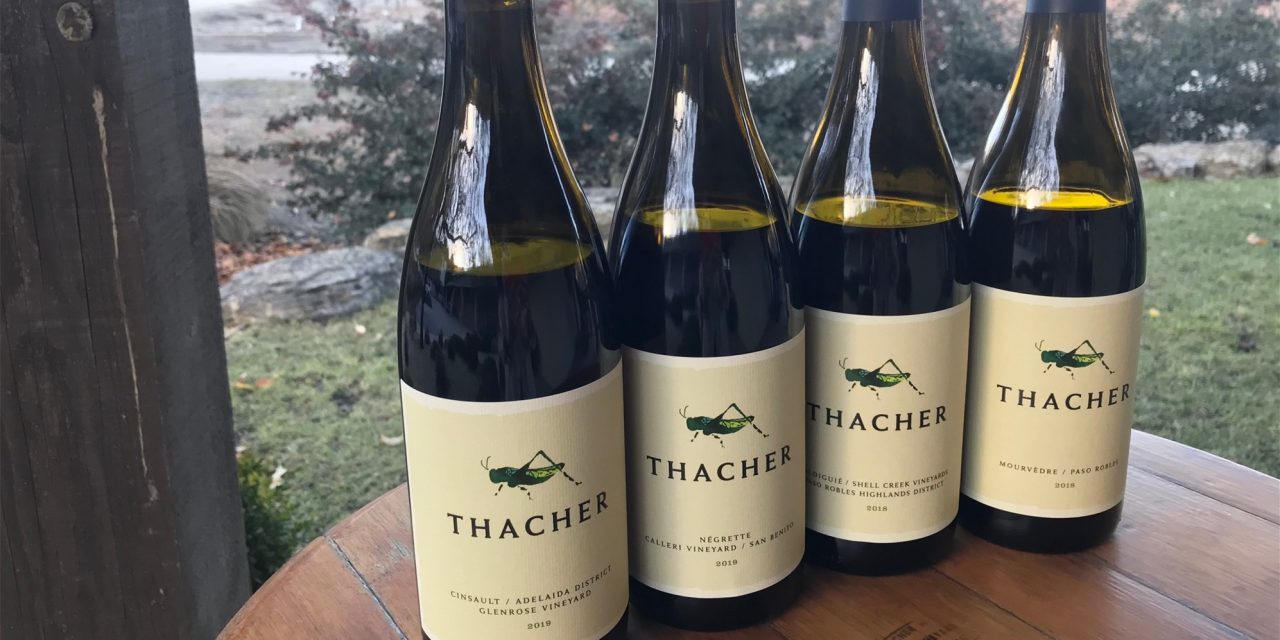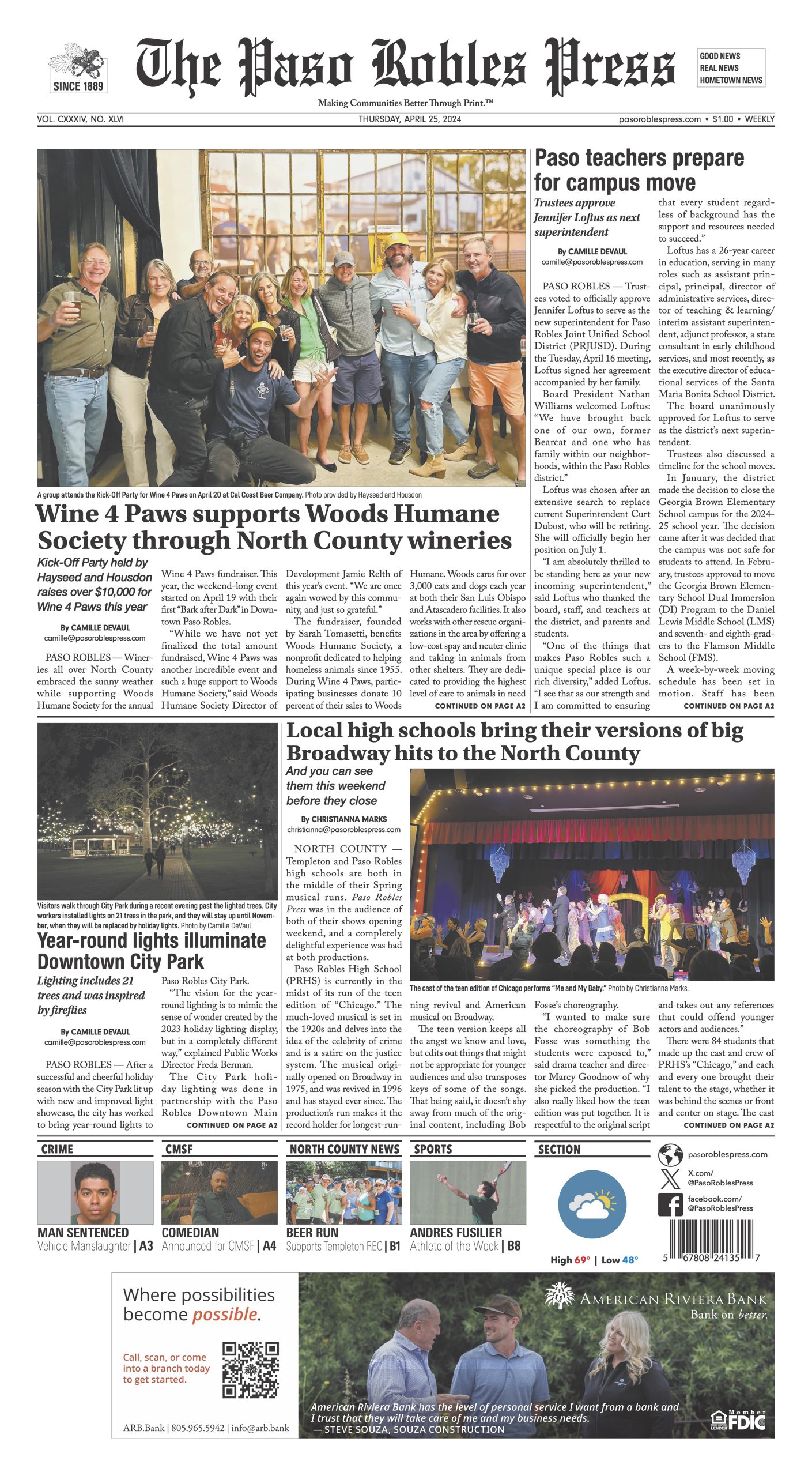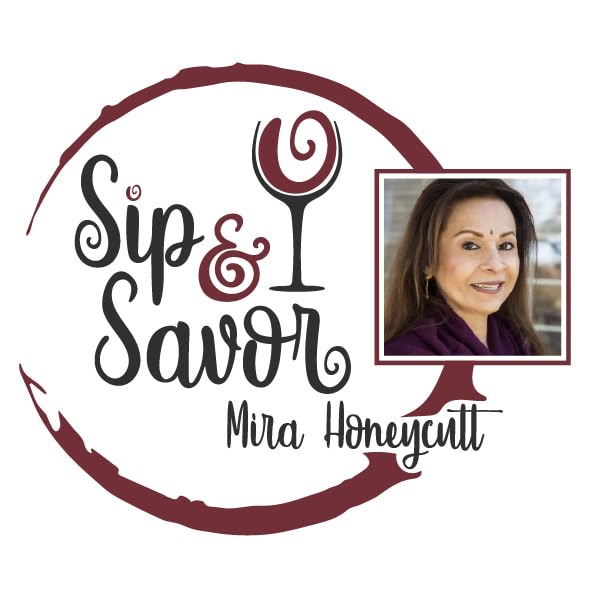
Valentine’s Day is fast approaching and most of you are planning to serenade your amour with a bottle of Rosè or sparkling wine.
Hold that thought!
This year let’s venture into the world of The Other Red Wines and give the traditional varieties like cabernet sauvignon, syrah, merlot and grenache a rest – if only for a day.
How about trying esoteric reds such as marselan, caladoc, carignan, négrette, cabernet pfeffer? Or Italian and Spanishvarietal wines. (Variety signifies a species of grape, whereas varietal is a wine made from a single variety, this could be 100 percent or up to 75 percent of that variety with the balance blended with one or two more varieties).
How esoteric?
Take Dubost Winery’s dark and brooding négrette (native to Toulouse, France) and cabernet pfeffer (hybrid of cabernet sauvignon and trousseau) produced by winemaker/vineyard manager Zachary Raines, who sources the grapes from San Benito County.
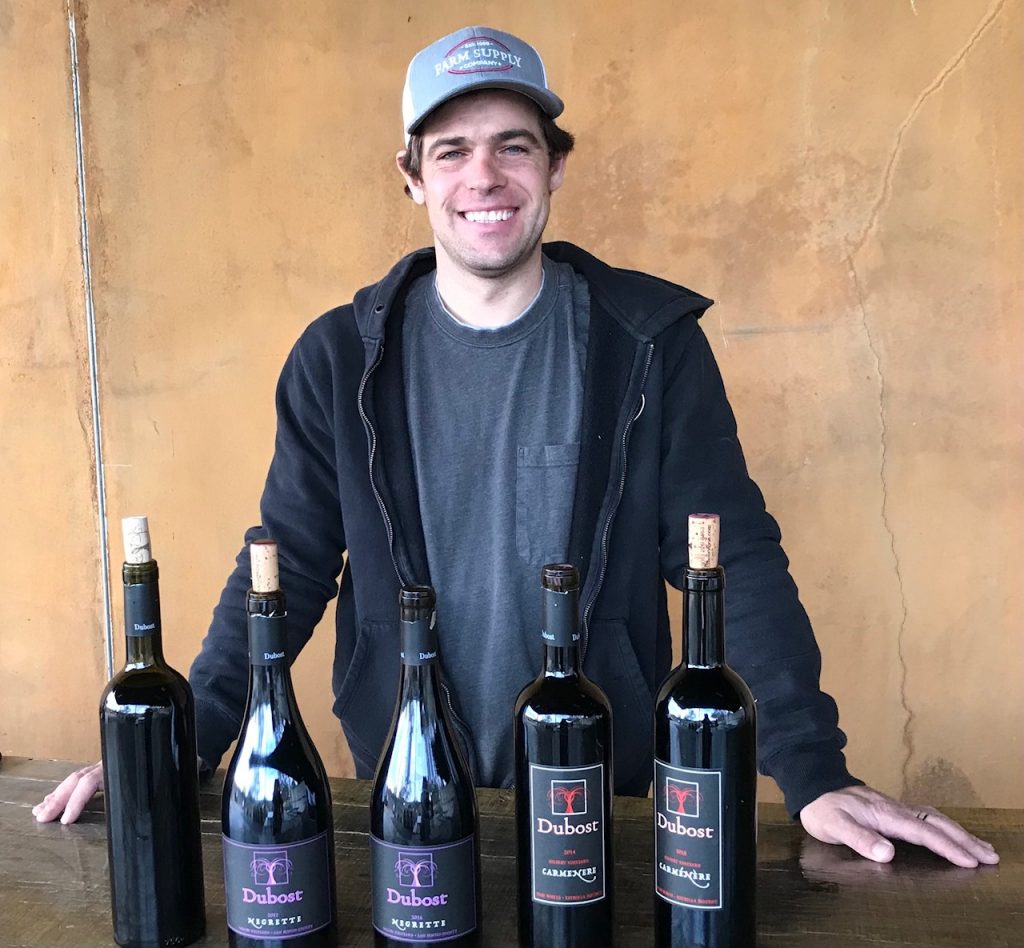
The purple-hued négrette is a wine that is lush on the palate, laced with violet aromas and backed with supple tannins. “It’s at its prime right now, but can age for five or more years,” Raines commented on the 2016 vintage. The 2017 is just as lush, however, yet with less oak and shows pronounced acidity.
Cabernet pfeffer, as the name suggests since pfeffer in German means pepper, has a jolt of pepperiness on the palate balanced with delicious cherries and plums on the palate. A mere 50 acres each of both these varieties are planted in the US and mostly in San Benito County.
Raines also poured the carménère, a grape native to Bordeaux that was once used as one of the six varieties in the classic Bordeaux blend. “It’s like the pinot of Bordeaux,” Raines commented on the medium body wine redolent of cherries and woven with soft tannins.
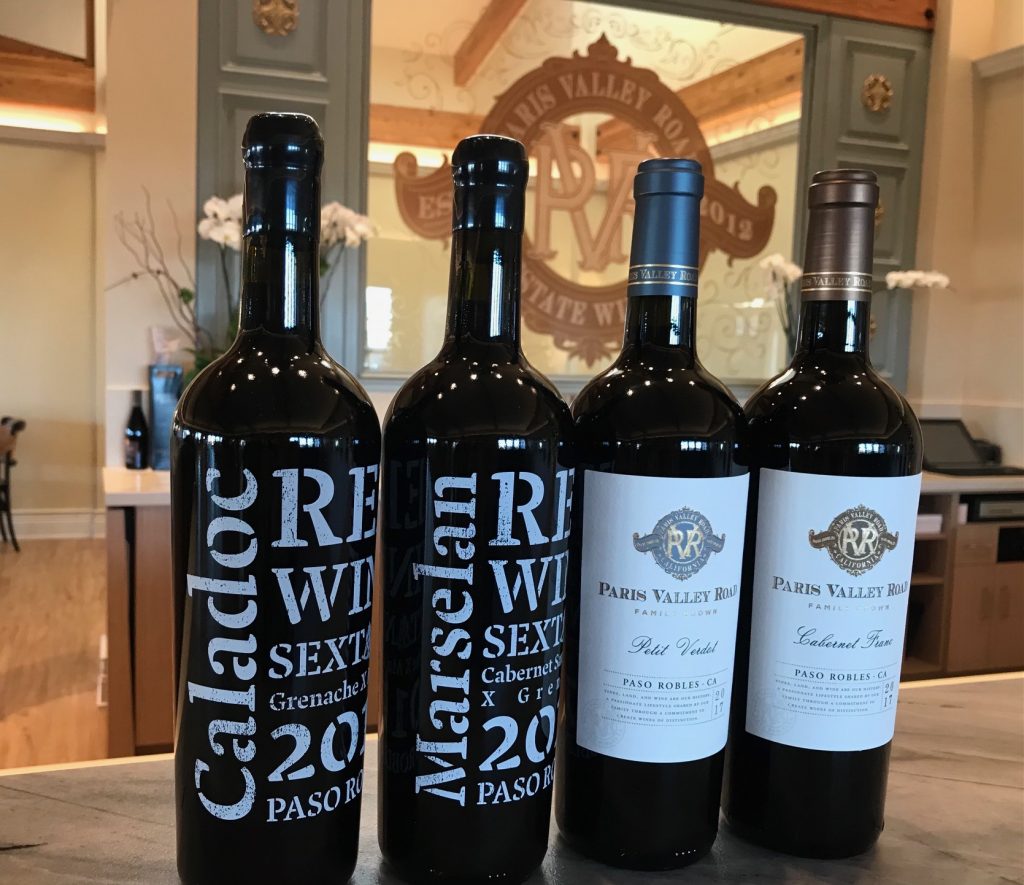
A purist, Raines works with native yeast, adding very little sulfur with no fining or filtering. “I’d rather keep it in an unadulterated form,” he said, when I met him for a safely distanced tasting on the winery’s terrace.
While visitors come for Dubost’s signature Rhône blends, they are also drawn to these unfamiliar varietal wines. “People now seek us out and we are getting known for this,” said Raines.
“We’re enjoying making these wines that have been pushed aside,” commented Sherman Thacher where I savored another deep colored négrette, Thacher Winery’s 2019 vintagealso sourced from San Benito County.
“These are fun to drink,” said Thatcher whose goal is not to manipulate the wines that are vinified with native yeasts and neutral oak. “We are not looking to make a heavy, extracted wines. It’s a ten-month aging program that gives a freshness to wines.”
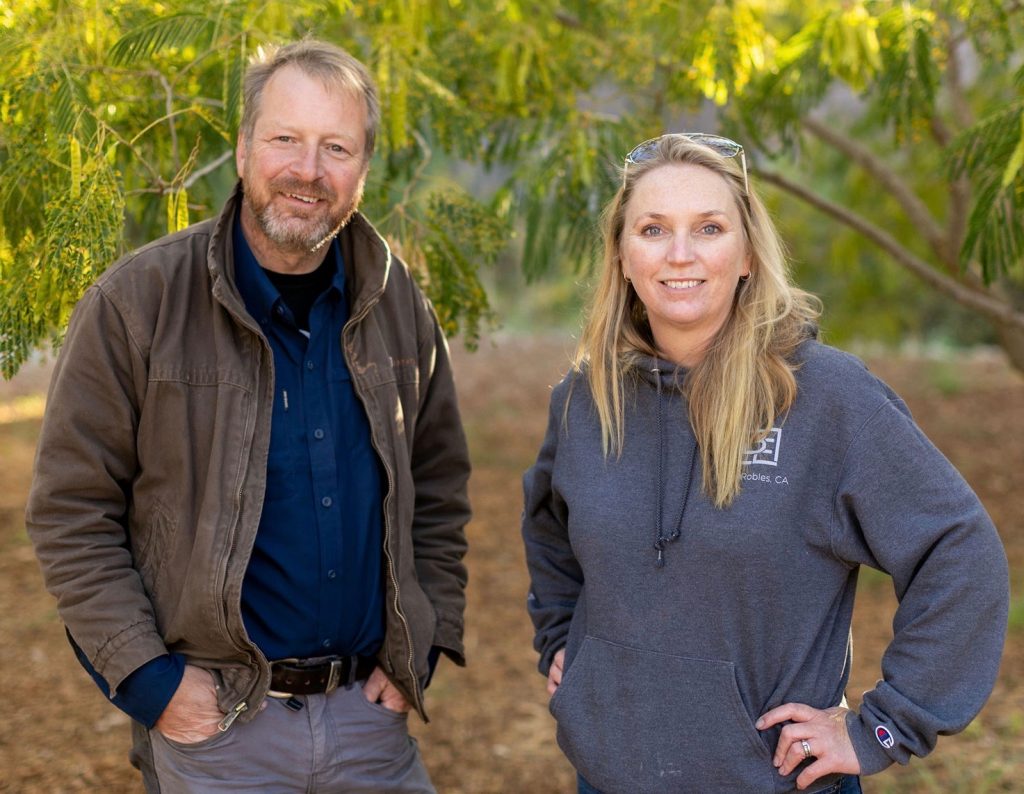
We also tasted the Thacher 2018 valdiguié (once known as Napa Gamay) expressing pomegranate freshness and a 2019 cinsault showingvivid spiciness and hints of white pepper.
Sextant is another winery producing obscure wines such as the X Series marselan and caladoc (native to France’s Languedoc region). Both varietal wines are produced in small quantities and available through the tasting room only. Although the bottle label bears the name marselan, it also reads cabernet sauvignon and grenache; the same with caladoc, which is also labeled grenache and malbec.
This could be misleading to the consumer.
In a phone conversation, winemaker Alex Frost explained the reason for the labeling: “Marselan is a cross between these two varieties and it takes the characteristics of the parent wines.” But the Alcohol & Tobacco Tax & Trade Bureau (TTB) did not recognize marselan and caladoc as Rhône varieties and the winery couldn’t label it as such. Therefore, the grape variety name and its parents’ names are identified on the bottle label.
“It’s a big wine with fruit from grenache and cabernet giving it backbone,” said Frost of the full-bodied marselan rocking with a burst of cherries. The deep-hued, medium body caladoc is a carousel of berry fruits and balanced acidity. “What’s cool about this wine is it kinda exemplifies both these varieties,” Frost commented, meaning its parents grenache and malbec. The grapes are planted on Sextant’s estate vineyards in the El Pomar district.
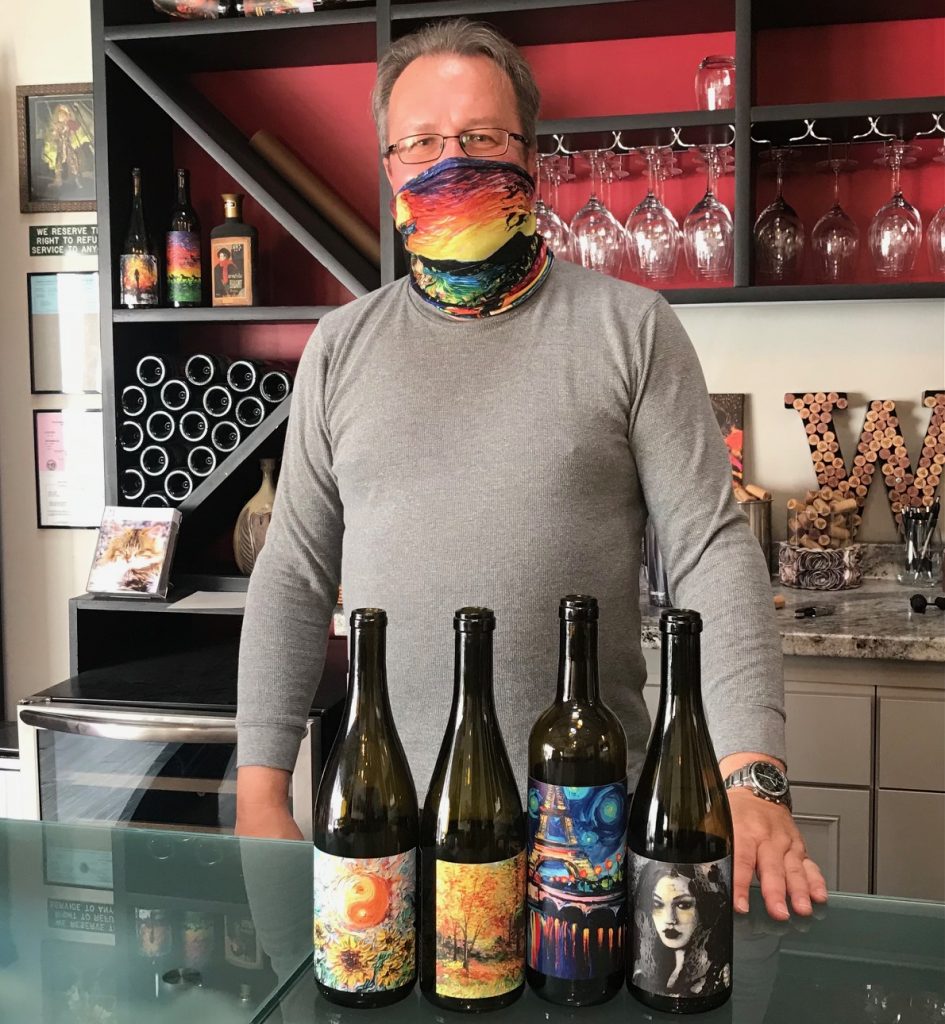
Popular varieties such as mourvedre, cinsault, counoise, tannat as well as malbec, cabernet franc and petit verdot make great companions in blends, but truly shine when expressing their individual characteristics and flavors.
“People come to Paso expecting blends,” noted Damian Grindley, founding winemaker at Brecon Estate, “yet wine club members are interested in varietal wines.”
Grindley crafts a good half dozen varietals such as cabernet franc from 40-year-old vines, an intense petit verdot, an approachable petite sirah, a smoky mourvedre and a deep-hued, well structured tannat.
“Tannat has a future in Paso,” said Grindley of a grape becoming popular with local winemakers. Native to southwest France, the smoky varietal with notes of chocolate and licorice is produced by wineries such as Bushong Vintage Company, Seven Oxen, Vina Robles, Tablas Creek and Barr Estate.
At Jada Vineyard & Winery I sampled two versions of a dark and brooding tannat, the earthy and gamey 2017 that has a touch of merlot. “It adds richness and softness,” noted winemaker Joshua Harp. The 2018 is complex and intense with spicy notes. ‘Wouldn’t hurt to age this for ten years,” said Harp.
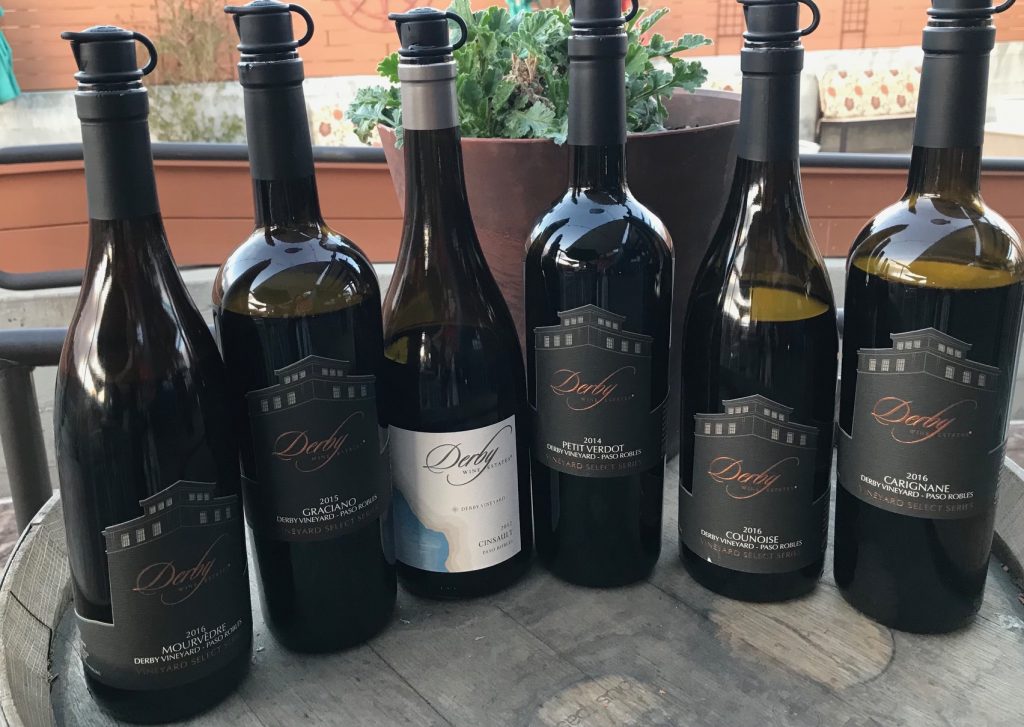
Dirk Neumann, owner/winemaker of Absolution Cellars, sources his tannat from Jada and crafts it in a bold rich style expressive of muscle-flexing tannins. Over a dozen wines are produced by Neumann including a delicious age-worthy cabernet franc.
Derby Wine Estates is another winery with a large portfolio of varietal wines, some 29 labels, although not produced every year. Winemaker Sean Geoghegan crafts wines that are elegant, low in alcohol showing the expression of Derby’s westside vineyards. The varietal-focused black label series ranges from aviolet-laced graciano and the plum-loaded petit verdot to a perfumey cinsault and a counoise effusive of strawberries. (More delicious counoise is produced by San Liege and Paix sure Terre).
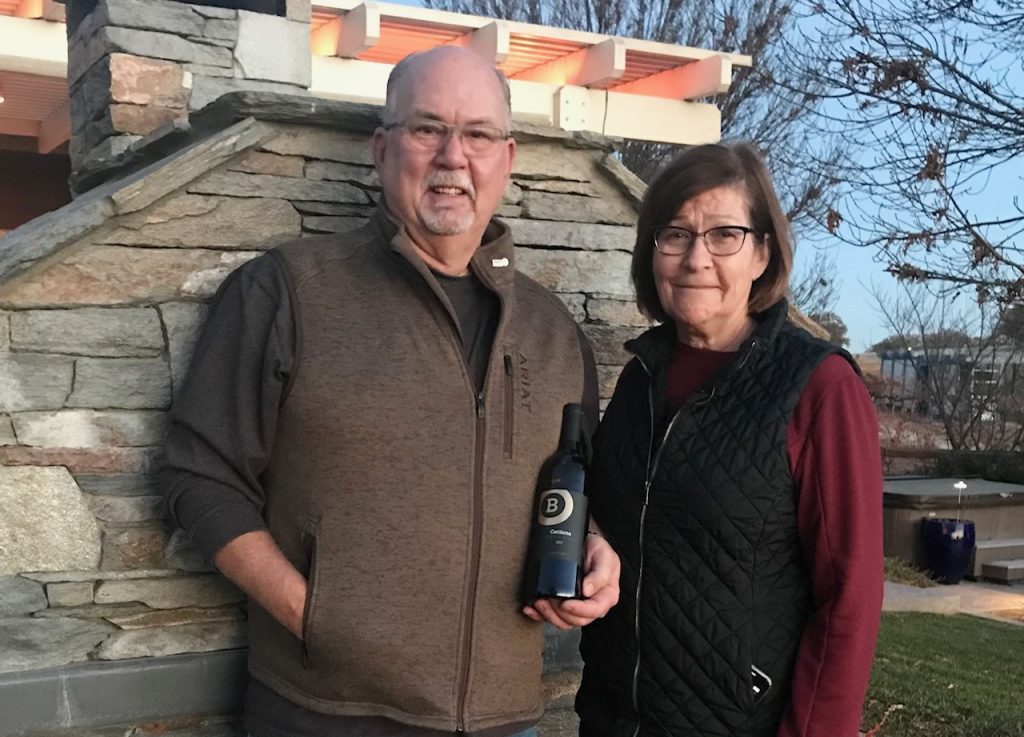
Carignan was little known as a varietal until Amy Butler of Ranchero Cellars made it her signature, a wine that coats the palate with a rush of plum and berry fruit backed with hints of Paso garrigue (wild hillside shrubbery).
Steve Baker, owner/winemaker of Circle B Vineyards & Cellars, crafts a luscious blend of carignan and cabernet sauvignon in his 2017 Cariñena Reserva. He chooses to give it the Spanish name to differentiate it from his 100-percent carignan bottling. The Bakers acquired their five-acre property in 2012 on Paso’s east-side then in 2014 planted one acre of carignan. Baker says it was the largest planting of this variety in Paso at the time.
For the Bakers, producing the small-lot annual production of some 500 cases is a family affair. “Clara does the foot-stomping with her girlfriends,” noted Baker of his wife and their handcrafted wines that are complex, expressing bright fruit flavors with an underlying finesse.
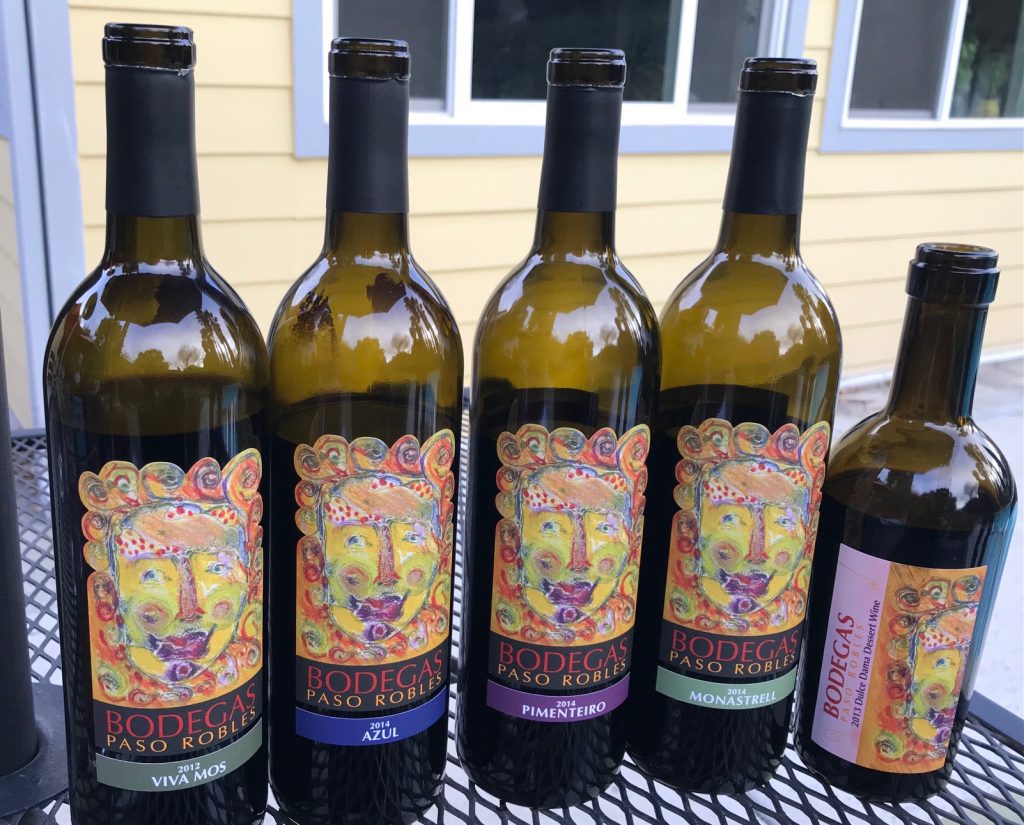
Safely distanced on the patio of their house, which serves as a tasting area, we tasted through an impressive program of other varietal wines such as tempranillo, petit verdot, and tannat.
For mourvèdre fans, check out this varietal at Paix sur Terre, J. Dusi, Thacher and Seven Oxen. And for cabernet franc lovers, you can’t go wrong at LXV Wine, Brecon Estate, Four Lanterns and Paris Valley Road Winery.
Among the Italian-focused wineries, Giornata, Caparone, Pelletiere and Clesi are producing exceptional Italian varietal wines ranging from nebbiolo and montepulciano to aglianico, barbera, sangiovese and nero d’Avola.
In the Spanish portfolio, Dorothy Schuler, owner/winemaker of Bodegas Paso Robles specializes in both Spanish and Portuguese varieties. Although most of her wines are blends of varieties such as tempranillo, graciano, touriga nacional and tinto cāo, I tasted a varietal monastrell (aka mourvedre) from the 2014 vintage, ringing with currants and backed by balanced tannins and acidity, a hallmark of Schuler’s wines.
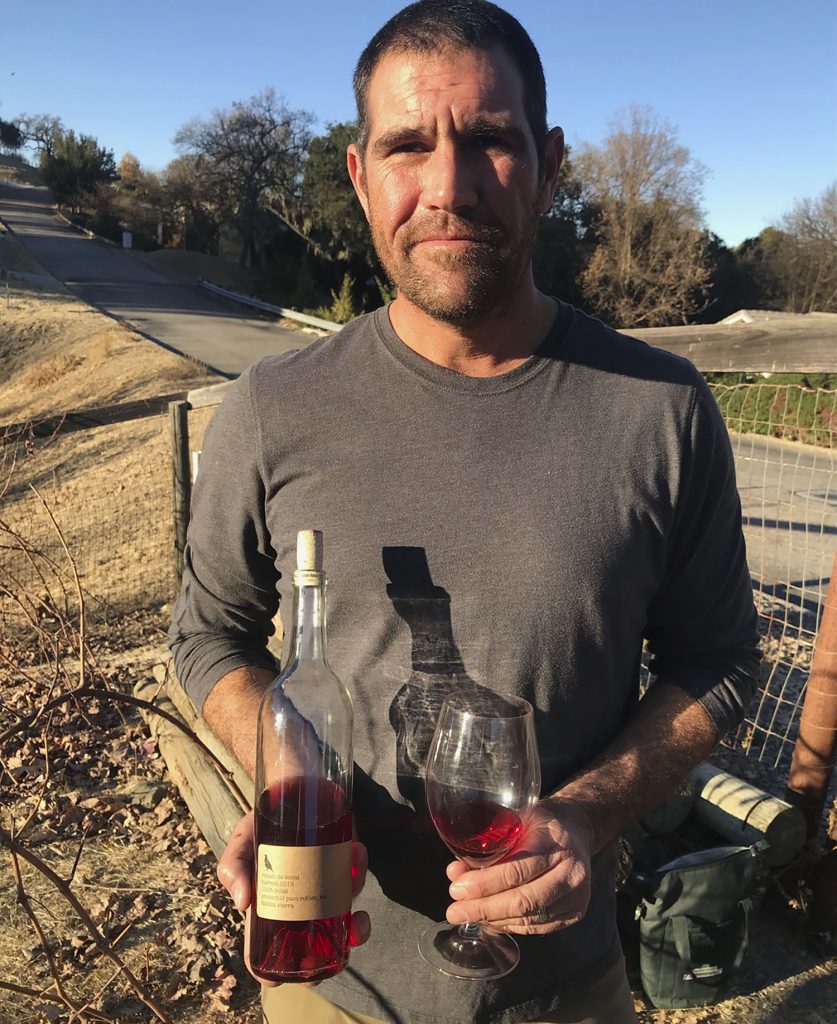
“I like acid and tannins to be well integrated and like them to age well,” Schuler commented as we tasted the wines, safely distanced in the garden of her home. The pandemic forced her to close her downtown tasting room, so the wines are available online and tastings offered through her concierge tasting service. Others producing noteworthy Spanish varietals include Diablo Paso and Bodega de Edgar.
Last but not least there’s Steve Viera, the vineyardist producing Rosé de Bobal from half an acre planted at his house, where the wine is produced in his garage. Native to Valencia, Spain, this rare variety was planted in the 1950s by Viera’s grandfather in Santa Clara Valley.
Some 15 years ago, Viera acquired the cutting and sent it to UC Davis
“to get it cleaned up for viruses.” Viera, who now has the proprietary on bobal, plans to propagate it at Sunridge Nursery. “This is a variety made for Paso,” Viera said confidently.

